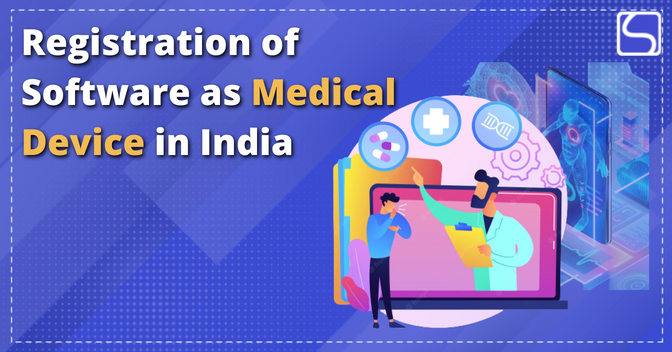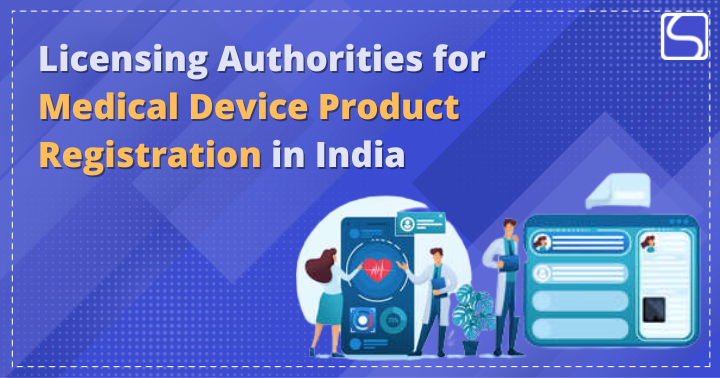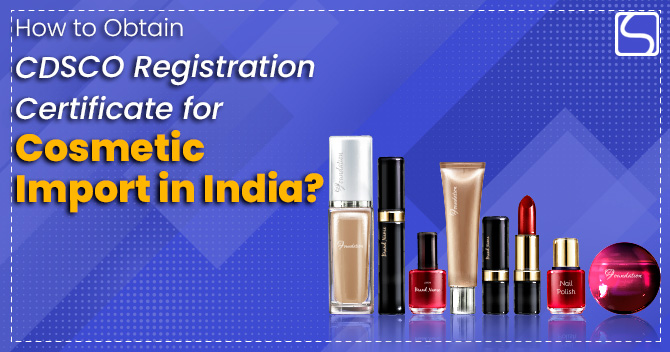Registration of Software as Medical Device in India

Ganesh Nair | Updated: Sep 03, 2022 | Category: CDSCO
With a view to expanding the scope of the regulations related to ‘medical devices,’ the government released a notification in the year 2020. This comes after the government introduced the Medical device rules in 2017. Before this, India had no specific regulation for medical devices; certain devices were just being regulated under the old Drugs and Cosmetics Act. The notification states that the purview of the term ‘medical device under the rules shall be widened. So basically, the commodities that are not considered as medical devices shall now fall under the scope of medical devices that require the Central Drugs Standard Control Organisation (CDSCO). These devices shall also be able to avail of certain exemptions from CDSCO for initial few years. This article shall inform the reader about the Registration of Software as Medical Devices in India.
Table of Contents
Conditions for Software as Medical Device
The CDSCO notification states that software should also be considered as a medical device if it is being utilised for any of the following –
- Diagnosis, monitoring, prevention, treatment or alleviation of any disease or disorder.
- Provides assistance for any injury or disability
- Helps in the replacement, investigation, modification or support of any anatomy or any physiological process
- Aids in Supporting or sustaining life
- Deals in disinfection of medical devices
- Assists in control of conception
Standards applicable to Software as Medical Device
The following standards apply to Software as Medical Device
| S.no | Purpose | Standard | Regulation |
| 1. | Quality Management Systems | ISO 13485:2016 | Indian Regulation |
| 2. | Medical devices risk management (Application) | ISO 14971:2019 | Indian Regulation |
| 3. | Medical Devices Software Life Cycle | IEC 62304 | Global Regulation |
| 4. | Software embedded in hardware devices | IEC 60601-1 | Global Regulation |
| 5. | Standalone software also called Software as Medical Device (SaMD) | IEC 82304-1 | Global Regulation |
| 6. | Cyber Security requirements | IEC 81001-5-1 | Global Regulation |
| 7. | Requirements about man-machine interface ergonomics | IEC 62366-1 | Global Regulation |
| 8. | Software in medical devices standard | IEC 62304 | Global Regulation |
Classification of SaMD for Registration of Software as Medical Device
| S.no | Class | Risk | Purpose | Role |
| 1. | Class A (SaMD) | Low Risk | This type of software does not interfere with the live/ latest data of the patient. | This software analyses the old data of the patient and puts out vital data to establish correlations. |
| 2. |
Class B (SaMD) | Low Moderate Risk | This software is used to provide the user with real-time information about his medical condition or diagnosis. | This software generates live data and helps the user/ medical practitioner to find out the problem with the patient’s body at present. For example, Electrocardiograph software shows the data of the heart and helps the patient to identify cardiac arrhythmias. |
| 3. | Class C (SaMD) | Moderate-High Risk | This software is directly involved in the diagnosis of medical conditions and also in the analysis of the patient’s physiological activity. | This software identifies unusual patterns and in some cases shall also aid the doctor in dealing with those problems. For example simulation software for Angiographic Coronary Vascular Physiology, this software helps to identify the patient’s cardiac diseases. |
| 4. | Class D (SaMD) | High Risk | CDSCO has not classified any software that shall fall under Class D. | N/A |
Documents required for Registration of Software as Medical Device
The applicants must ensure that the following documents are acquired for Registration of Software as Medical Device:
- Form 40: Form 40 is the application that will permit the applicant to distribute the software as a medical device.
- TR6 Challan: These documents shall be utilised for payment of service tax. In the case of foreign equipment, this form can be used to pay customs duty.
- Schedule D (I): This document contains important details such as:
- Important details of the manufacturer and the manufacturing facility
- Details of the device and the procedure for creation
- The undertaking of the declaration.
- Declaration of conformity: A Declaration stating that the product meets the standard requirements laid down by the CDSCO
- Plant Master File: The master file of the plant must be submitted. The file must mention details regarding the steps taken for quality management, operations, workforce policies etc.
- Free Sale Certificate: A free sale certificate is given by the state licensing authority. It is required in case the product has to be exported.
- Device Master File: The Device master file encloses proprietary data related to the product and its manufacturing process.
- ISO 13485 Certificate: ISO13845 is a standard certificate that all medical device manufacturers must have. Along with this, other standards mentioned earlier in the article should also be obtained.
- Power of Attorney: This document is required if you transfer the legal authority to an agent who shall complete the task on your behalf.
- CE design Certificate: This certificate has to be obtained by device manufacturers whose product falls under EC/EU directives category.
Process for Registration of Software as Medical Device
- The applicant must register on the CDSCO online website[1].
- The applicant must possess a valid Email-id and Mobile no for registration.
- Next, the applicant must upload all the relevant documents as and when prompted by the portal.
- The applicant shall be asked to verify his registration through a four-digit OTP.
- After the completion of self-verification, the applicant can log in and proceed further.
- Fill in the required details on the portal.
- The application shall be forwarded to reviewing officer.
- If satisfied with the application form and documents, then the registration shall be completed.
Conclusion
The developments in the medical field have resulted in the heavy involvement of technology in it. There is various software that is used in the devices, computers and components which help medical practitioners to treat their patients in a better manner. Considering the sensitivity of the field, the government has created regulations which the device manufacturers and software developers need to comply with. Compliance to rules and regulations shall give the healthcare industry accurate data and reliable products.
Read our Article:Difference between Notified & Non-Notified Medical Devices














